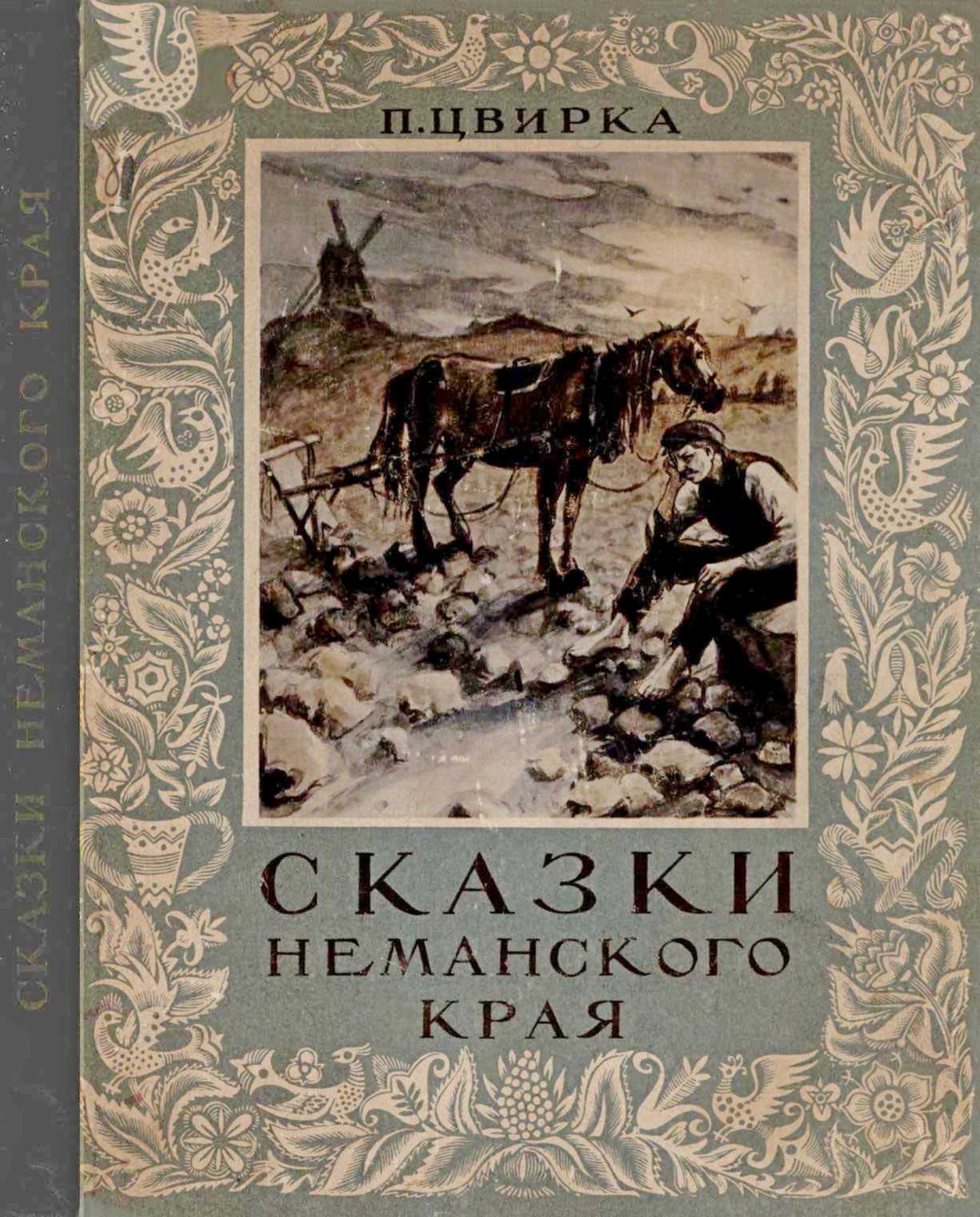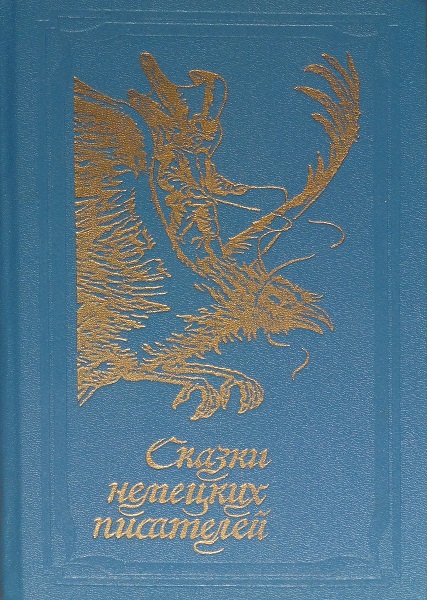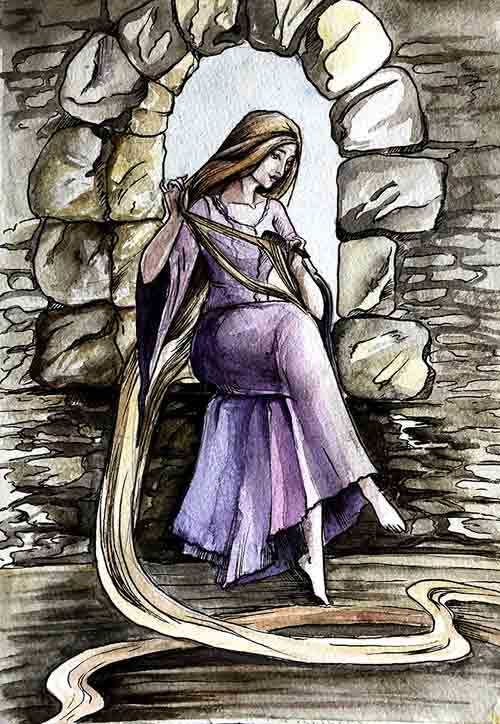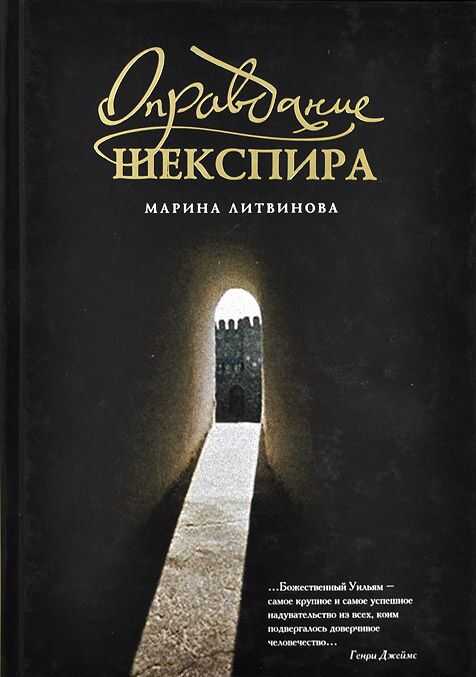жизни в XVI веке определялся природными ритмами и социальными устоями: времена года, церковный календарь, придворная жизнь, театральный сезон, судопроизводство, и, прежде всего, сельскохозяйственные работы. События частной жизни (день рождения, смерть, юбилеи и т. д.) отступали на второй план.
Критический разбор романтизированных биографий Шекспира (именно по этим источникам я цитирую Колриджа, Делиуса, а также неизвестного автора XIX века) см.: С. J. Sisson, The Mythical Sorrows of Shakespeare, Annual Shakespeare Lecture of the British Academy, 1934, from the Proceeding of the British Academy, vol. 20 (London, 1934). См. также статью, в которой исследуется проблема романтического изображения Шекспира на его портретах: Stephen Orgel, History and Biography in his Imagining Shakespeare: A History of Texts and Visions (New York, 2003), 65–84. См. также: Edmond Malone, «An Attempt to Ascertain the Order in Which the Plays of Shakespeare Were Written,» in The Plays and Poems of William Shakespeare, 16 vols. (Dublin, 1794). (впервые опубл. в 1778 г.).
См. также заметки Т. Платтера: Thomas Platter’s Travels in England, 1599. О Бене Джонсоне, Джоне Уорде и Джоне Обри см.: Е. К. Chambers, William Shakespeare: Facts and Problems (vol 2).
Пролог
О погоде в те времена см.: Stow, Annales; Henslowe’s Diary. Во времена Шекспира в Англии было на несколько градусов холоднее, чем сейчас, ученые называют время с XIV по XIX век малым ледниковым периодом. О театральной бухгалтерии см.: Henslowe’s Diary. Финансовые счета на строительство Глобуса см.: Halliwell-Phillipps, Outlines of the Life of Shakespeare: Charles W. Wallace, The First London Theatre: Materials for a History (Lincoln, Neb., 1913); Irwin Smith, Theatre into Globe, Shakespeare Quarterly 3 (1952), 113–20; Herbert Berry, ed., The First Public Playhouse: The Theatre in Shoreditch (Montreal, 1979); Charlotte Carmichael Stopes, Burbage and Shakespeare’s Stage (London, 1913).
О заполняемости театров в ту эпоху см.: Appendix II to Martin Butler, Theatre and Crisis, 1632–1642 (Cambridge, 1984). Имена драматургов названы в Дневнике Хенслоу за 1598 год (Henslowe’s records for 1598), а также в кн. Фрэнсиса Мереса «Сокровищница умов» (Francis Meres, Palladis Tamia, London, 1598). Среди лучших авторов трагедий Мерес называет Шекспира, Дрейтона, Чепмена, Деккера и Джонсона. Среди лучших комедиографов — Шекспира, Мандея, Чепмена, Портера, Уилсона, Хэтеуэя и Четтла. Мерес также хвалит комедии графа Оксфорда.
Хотя некоторые аристократы пробовали себя в драматургии (Фулк Гревилл писал пьесы весьма щекотливого характера; летом 1599-го граф Дерби сочинил несколько комедий для труппы, которой покровительствовал (она выступала в таверне «Кабанья голова»), у нас нет оснований полагать, что граф Оксфорд, или граф Дерби etc входили в тесный круг действующих драматургов. О злободневности шекспировских пьес см.: David Bevington, Tudor Drama and Politics (Cambridge, Mass., 1968); Robert J. Fehrenbach, When Lord Cobham and Edmund Tilney «were att odds»: Oldcastle, Falstaff, and the Date of I Henry IV, Shakespeare Studies 9 (1986), 87–102; Barbara Freedman, Shakespearean Chronology, Ideological Complicity, and Floating Texts: Something Is Rotten in Windsor, Shakespeare Quarterly 45 (1994), 190–210; Gary Taylor, William Shakespeare, Richard James and the House of Cobham, Review of English Studies 38 (1987), 334–54. О Кобэме см. особенно: David McKeen, A Memory of Honour: The Life of William Brooke, Lord Cobham, 2 vols. (Salzburg, 1986); Paul Whitefield White, Shakespeare, the Cobhams, and the Dynamics of Theatrical Patronage, in Shakespeare and Theatrical Patronage in Early Modern England, ed. Paul Whitefield White and Suzanne R. Westfall (Cambridge, 2002), 64–89; James P. Bednarz, Biographical Politics: Shakespeare, Jonson, and the Oldcastle Controversy, Ben Jonson Journal 11 (2004), 1–20.
О цензуре в елизаветинские времена см. авторитетные исследования Ричарда Даттона: Richard Dutton, Mastering the Revels: The Regulation and Censorship of English Renaissance Drama (Iowa City, 1991); Richard Dutton, Licensing, Censorship, and Authorship in Early Modern England (New York, 2000); также см.: Janet Clare, Art made tongue-tied by authority: Elizabethan and Jacobean Dramatic Censorship (Manchester, 1990); Andrew Hadfield, ed., Literature and Censorship in Renaissance England (New York, 2001).
О влиятельных покровителях шекспировского времени см.: Paul Whitefield White, Suzanne R. Westfall, eds., Shakespeare and Theatrical Patronage in Early Modern England; Peter Davison, Commerce and Patronage: The Lord Chamberlain’s Men’s Tour of 1597, in Grace Ioppolo, ed., Shakespeare Performed: Essays in Honor of R. A. Foakes (Newark, 2000), 56–71; Charlotte Carmichael Stopes, The Life of Henry, Third Earl of Southampton, Shakespeare’s Patron (Cambridge, 1922); G. P. V. Akrigg, Shakespeare and the Earl of Southampton (London, 1968). О наследственном гербе Шекспиров см.: С. W. Scott-Giles, Shakespeare’s Heraldry (London, 1950); Chambers, Facts and Problems. См. также: Katherine Duncan-Jones, Ungentle Shakespeare. О драматургах и их сотворчестве, помимо Дневника Хенслоу и кн. Раттера (Rutter’s Documents of the Rose Playhouse), см.: J. M. Nosworthy, Notes on Henry Porter, Modern Language Review 35 (1940), 517–21; Leslie Hotson, The Adventure of the Single Rapier, Atlantic Monthly 148 (1931), 26–31. О Ф. Хенслоу см.: Bernard Beckerman, Philip Henslowe, in Joseph W. Donohue Jr., ed., The Theatrical Manager in England and America (Princeton, 1971); S. P. Cerasano, The Patronage Network of Philip Henslowe and Edward Alleyn, Medieval and Renaissance Drama in England 13 (2000), 82–92.
Зима. Глава 1. Уилл против Уилла
Об архитектуре и сокровищах Уайтхолла см. подробные заметки Платтера, Хенцнера, Уолдхема и других путешественников, посещавших Англию в те времена. Также см.: Simon Thurley, Whitehall Palace: An Architectural History of the Royal Apartments, 1240–1698 (New Haven, 1999); Simon Thurley, The Royal Palaces of Tudor England (New Haven, 1993); Ian Dunlop, The Palaces and Progresses of Elizabeth I (London, 1962); Sir Oliver Millar, The Inventories and Valuations of the King’s Goods 1649–1651 (London, 1972); Sir Oliver Millar, Tudor, Stuart, and Early Georgian Pictures in the Collection of H.M. the Queen (London, 1963); G. S. Dugdale, Whitehall Through the Centuries (London, 1950); the London County Council Survey of London, the Parish of St. Margaret, Westminster — Part II, vol. 1, Neighborhood of Whitehall (London, 1930); Henry Glapthorne, WhiteHall: A Poem (London, 1643). О переездах Елизаветы из одного дворца в другой см.: Nichols, ed., The Progresses and Public Processions of Queen Elizabeth; John Astington, English Court Theatre and Mary Hill Cole, The Portable Queen: Elizabeth I and the Politics of Ceremony (Amherst, 1999).
Об отношениях Шекспира с Уильямом Кемпом см.: David Wiles, Shakespeare’s Clown: Actor and Text in the Elizabethan Playhouse (Cambridge, 1987). См. также: Kemp. Nine Days’ Wonder: Performed in a Dance from London to Norwich (London, 1600); H. D. Gray, The Roles of William Kemp, Modern Language Review 25 (1930), 261–73; Joseph Allen Bryant Jr., Shakespeare’s Falstaff
























